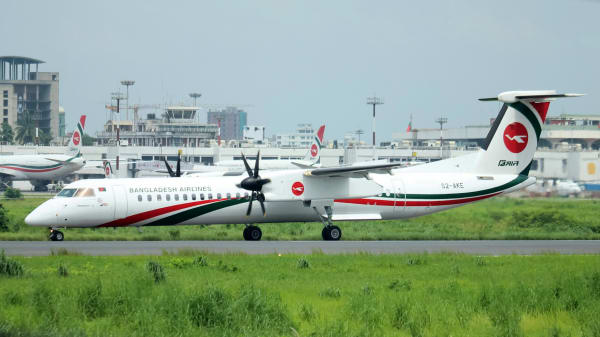The Impact and Necessity of Teamwork in Aircraft Maintenance: The Unseen Power Behind Safe Skies
Air travel would not have achieved its remarkable safety record without the dedicated teams that work tirelessly behind the scenes. Among these stalwarts, the role of teamwork in aircraft maintenance cannot be overstated. Regardless of the dimensions of the aircraft, or whether it's a domestic flight that covers just a couple of hundred miles or one that traverses continents, meticulous maintenance is a non-negotiable necessity.
In essence, aircraft maintenance symbolizes an elaborate dance of collaboration, where a misstep can spell disaster. This article aims to underline the crucial importance of teamwork in aircraft maintenance to ensure that this aspect of aviation gets its due recognition.
The Fundamental Role of Aircraft Maintenance Teams
For those not in the know, an aircraft maintenance team has a vast array of responsibilities and tasks to tend to. They range from the mundane, like performing routine checks, to potentially lifesaving tasks such as emergency repairs.
Some key day-to-day tasks in aircraft maintenance involve:
- Inspecting and testing aircraft components using testing equipment.
- Regularly monitoring, maintaining, and repairing aircraft engines.
- Checking for corrosion, distortion, and cracks in the body of the aircraft.
- Inspecting the intricate aircraft systems such as hydraulic and pneumatic systems.
- Documenting all maintenance and repair work as part of detailed records.
As you can surmise, performing these tasks diligently and accurately demands a high level of collaborative teamwork.
The Domino Effect: Why Teamwork is Critical in Aircraft Maintenance
Consider a scenario where a mechanic tasked with inspecting the engine notes an anomaly. If this information isn’t communicated effectively to the rest of the team, the consequences could be fatal. This is where teamwork is vital. It ensures that distinct tasks converge seamlessly in a unified effort toward one common goal: to keep the aircraft safe, reliable, and ready for the skies.
Teamwork in aircraft maintenance humanizes the mechanical process, hitting a harmonious rhythm that optimizes efficiency and guarantees quality. The necessity for teamwork can be further contextualized through the following points:
Exchange of Information: By working in unison, aircraft mechanics can exchange crucial details, identify issues, and solve potential problems. Transparent communication of data and information helps in ensuring that nothing slips through the cracks.
Dispersion of Responsibility: Ensuring the airworthiness of an aircraft is no small feat and it's certainly not the responsibility of just one person. Together, the team members distribute responsibilities and the workload, ensuring that there is no single point of failure in the maintenance process.
Mutual Quality Checks: Teamwork engenders a culture of mutual quality checks. Each member’s work is verified by others in the team, creating a 'safety net' against potential errors.
Minimization of Risks: A high level of discipline, organization, and coordination among members drastically minimizes the probability of mistakes, which in turn enhances the overall safety of the operations.
Adherence to Regulations: Compliance with international aviation regulations, like those set by the Federal Aviation Administration (FAA) and the European Aviation Safety Agency (EASA), is made more manageable with an effective team that works collectively towards this goal.
A Closer Look at the Key Pillars of Teamwork in Aircraft Maintenance
In this elaborate ballet of moving parts and people, there are three critical factors that define successful teamwork in aircraft maintenance. They are Communication, Cooperation, and Coordination.
Communication: It's the linchpin that holds the team together. Sharing precise and timely information prevents mistakes and helps in uncovering potential issues.
Cooperation: It's the willingness to work together towards a common goal. Each team member has a unique skill set, and when these skills are employed cooperatively, it creates an environment that fosters excellence.
Coordination: It's the ability to manage interdependent roles and activities efficiently. Coordination ensures that tasks are timed perfectly to keep everything running smoothly.
In Summary
There’s much to appreciate about the men and women who devote their expertise to maintaining the airworthiness of aircraft. Their work may not make headlines, but the importance of their collective commitment is felt in every safe landing.
When it comes to the aviation industry, a saying often goes, “It's not about fixing what's broken. It's about knowing what can break before it does.” This embodies the very spirit of aircraft maintenance where teamwork is the heart and soul of operations. Teamwork in aircraft maintenance is indeed the unsung hero behind safe and efficient air travel, and its significance is truly sky-high.




